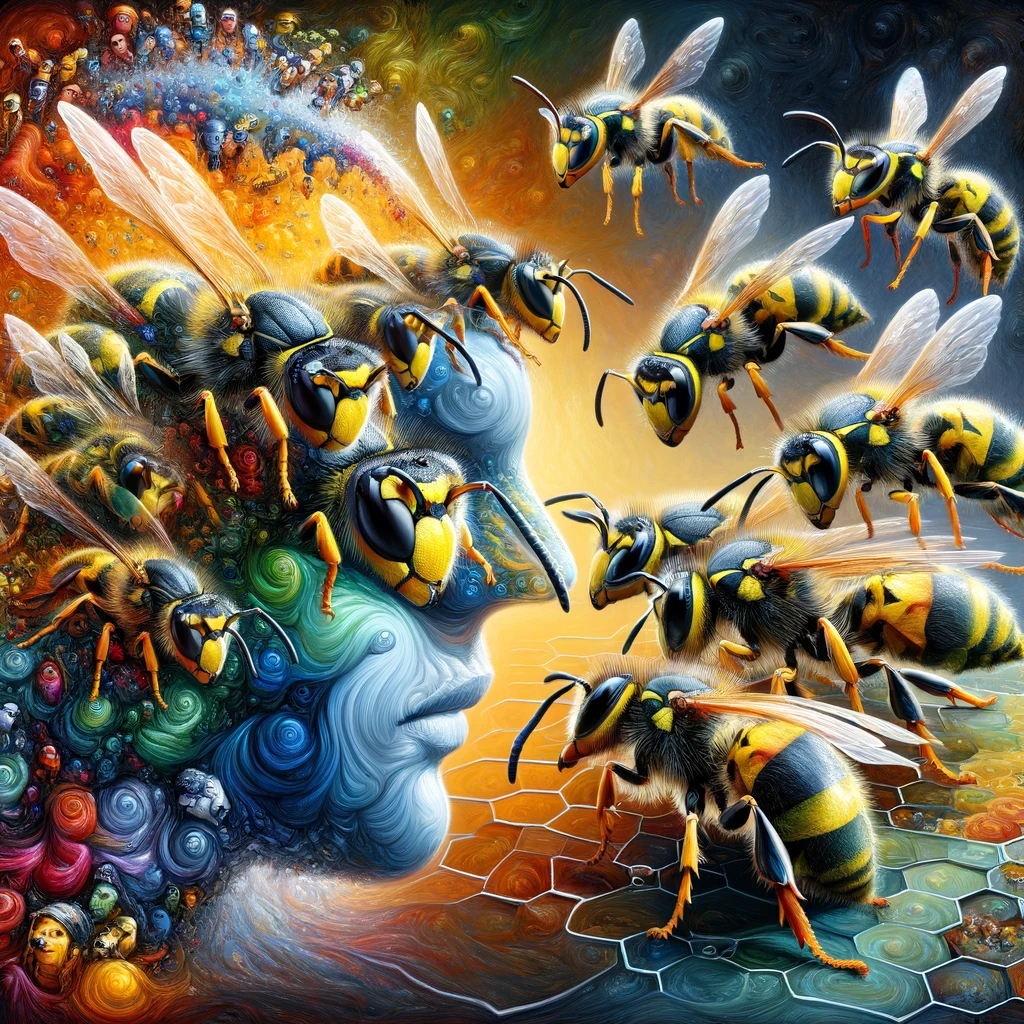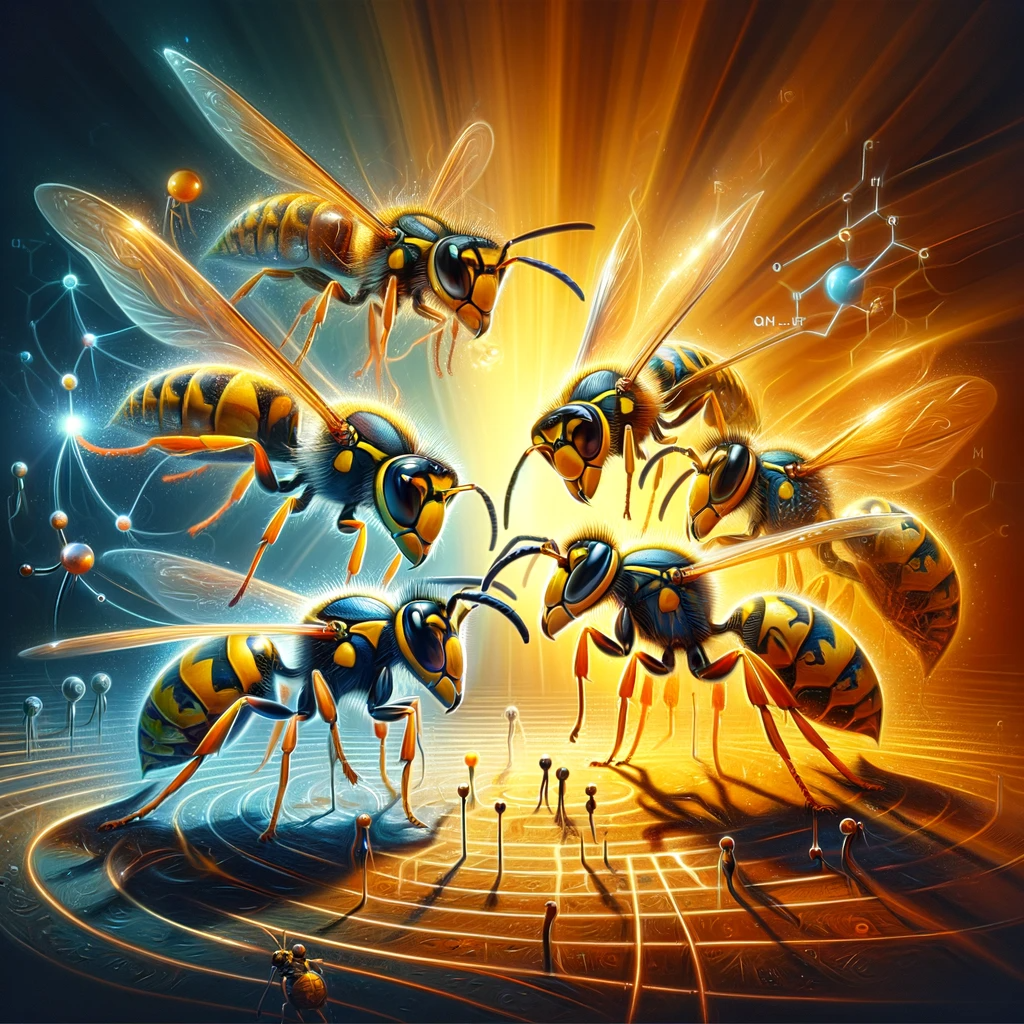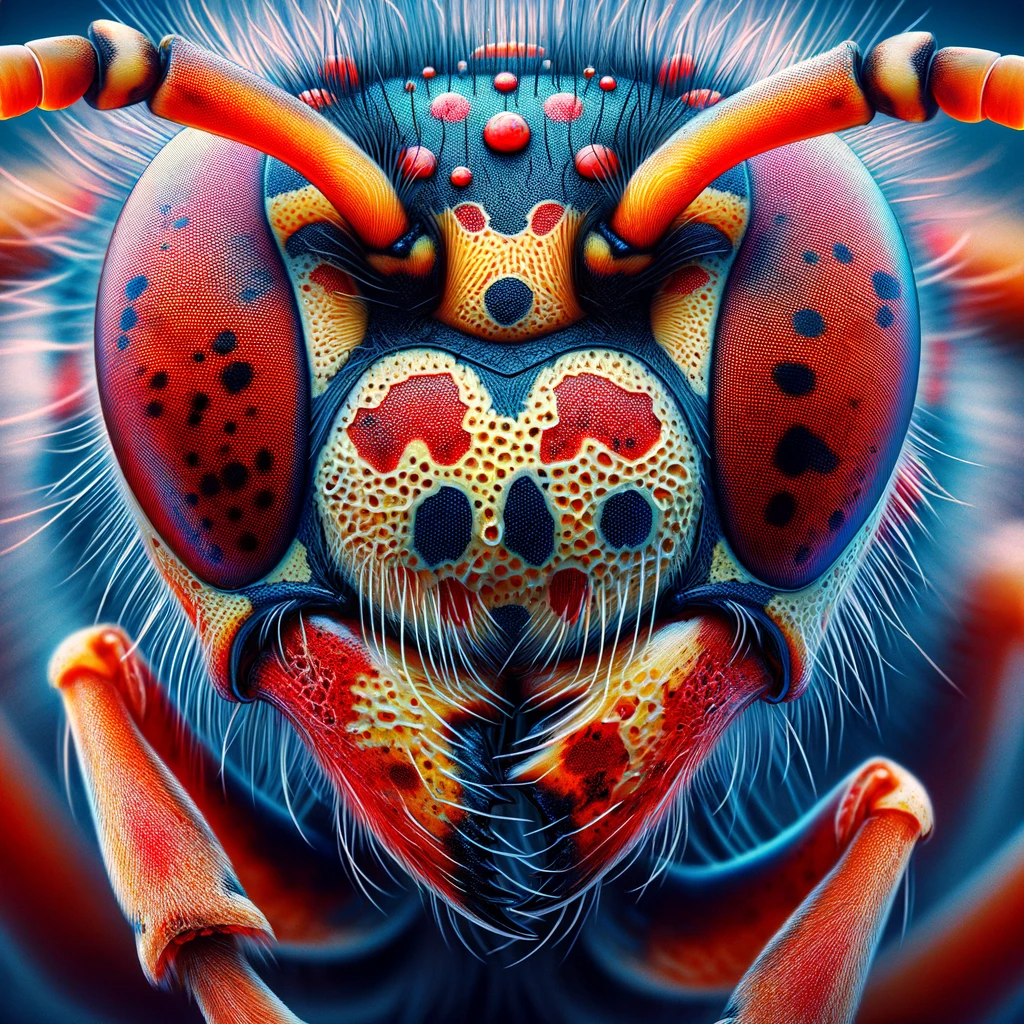From Cornell University 22/12/23

A new study of paper wasps suggests social interactions may make animals smarter.
The research offers behavioral evidence of an evolutionary link between the ability to recognize individuals and social cooperation.
Furthermore, genomic sequencing revealed that populations of wasps that recognized each other – and cooperated more – showed recent adaptations (positive selection) in areas of the brain associated with cognitive abilities such as learning, memory and vision.
The study focused on two distinct populations of paper wasps (Polistes fuscatus): A southern one from Louisiana where individuals are more uniform in appearance, and a northern one in Ithaca, where individuals have diverse color patterns on their faces.
A series of experiments indicated that unlike southern counterparts, the northern population both recognized individuals and cooperated socially with some members over others.
“The evidence for strong recent positive selection on cognition, learning and memory is much stronger in the northern populations compared to the southern populations,” said senior author Michael Sheehan, associate professor of neurobiology and behavior at Cornell University.

While individuals from northern and southern populations are of the same species, they look very different.
Southern paper wasps tend to have very similar red color patterns on their faces.
The northern ones have black and yellow patterns.
“As you go further north, you find the individuals become more variable in their color patterning, such that roughly around the Carolinas, they start becoming substantially variable and continue to be more variable as you go further north,” Sheehan said.
In the Ithaca population, every individual is pretty distinct.
Behavioral studies were conducted in the lab with the Ithaca population and then others from Louisiana.
Over four days, a wasp would be introduced to a stranger, and their level of aggression was recorded.
When paper wasps first meet, they often fight by snapping, biting and slapping.
Over subsequent days, the wasp was introduced to a stranger, then back again with the wasp they had previously met, and finally with another stranger.
Wasps from the northern population were aggressive to strangers, but much less so to the wasp they had previously met.

“Individuals in the southern population treat everyone the same,” Sheehan said.
“They don’t show any evidence of changing their behavior as a result of previously meeting that particular individual, which suggests they’re not recognizing them.”
Though more study is needed, Sheehan reports that there’s some indication that wasps from the northern population have more stable nesting groups, whereas the southern wasps had high turnover of members when they occasionally made nests.
The data suggests that being able to recognize individuals makes northern wasps more selective and better able to manage their social profiles, whereas the more homogenous-looking southern wasps interact more indiscriminately and have less consistent, cohesive social interactions, Sheehan said.



